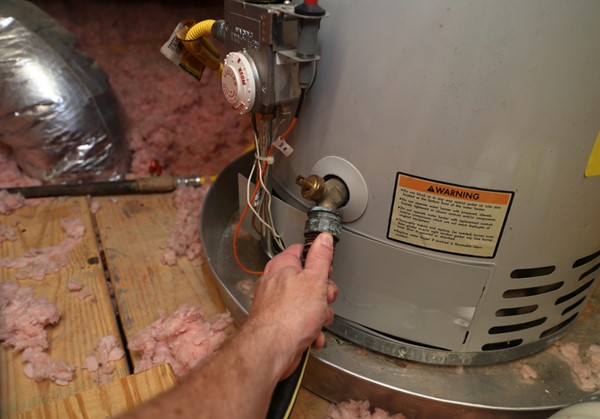
If you use a teapot, you know that over time, as the water heats and cools, calcium and other deposits from the water build up on the bottom of the kettle and need cleaning out periodically. The same is true of your water heater. Both city water and well water can contain suspended minerals and chemicals like calcium and magnesium. Unless you filter the water through reverse osmosis before it reaches your hot water tank, those chemicals build up inside and leave a heavy crust at the bottom. Even a small amount of sediment reduces your water heater’s effectiveness and ability to keep a stable temperature in your tank.
To ensure that your water heater gives you lovely warm temperatures for years to come, clean out the sediment at least once each year, and more often if your water has heavy hard-water sediment.
How to drain and clean your water tank
Keeping your water heater in tip-top shape ensure its longevity and reduces maintenance costs. If you’re uncertain about completing this task yourself, ask your real estate professional to refer you to plumbing professionals.

Greetings! I'm a resident & leading Realtor in Glendale, CA as well as the surrounding diverse & hot markets surrounding our city. I specialize in character & architectural & estate homes in many styles, price ranges & condition! One expertise is partnering with senior citizens & their families & attorneys to sell their family home. Real estate is my personal passion and profession! As a former corporate executive, I bring my analytical and negotiating skills to the real estate business for almost two decades. As a mother of two, I bring my life experiences to create outstanding client relationships.